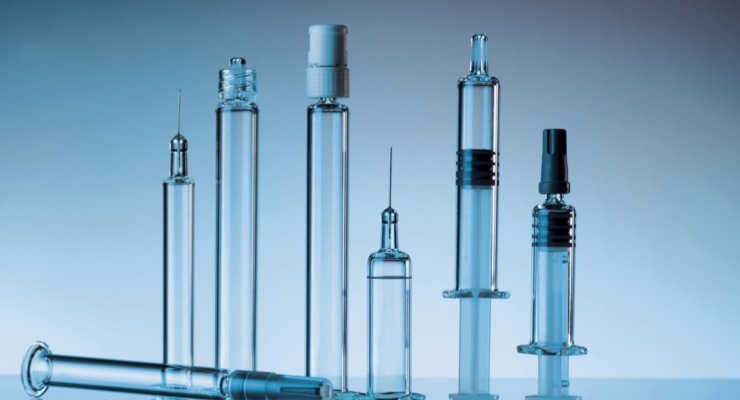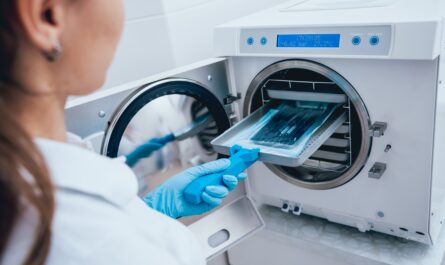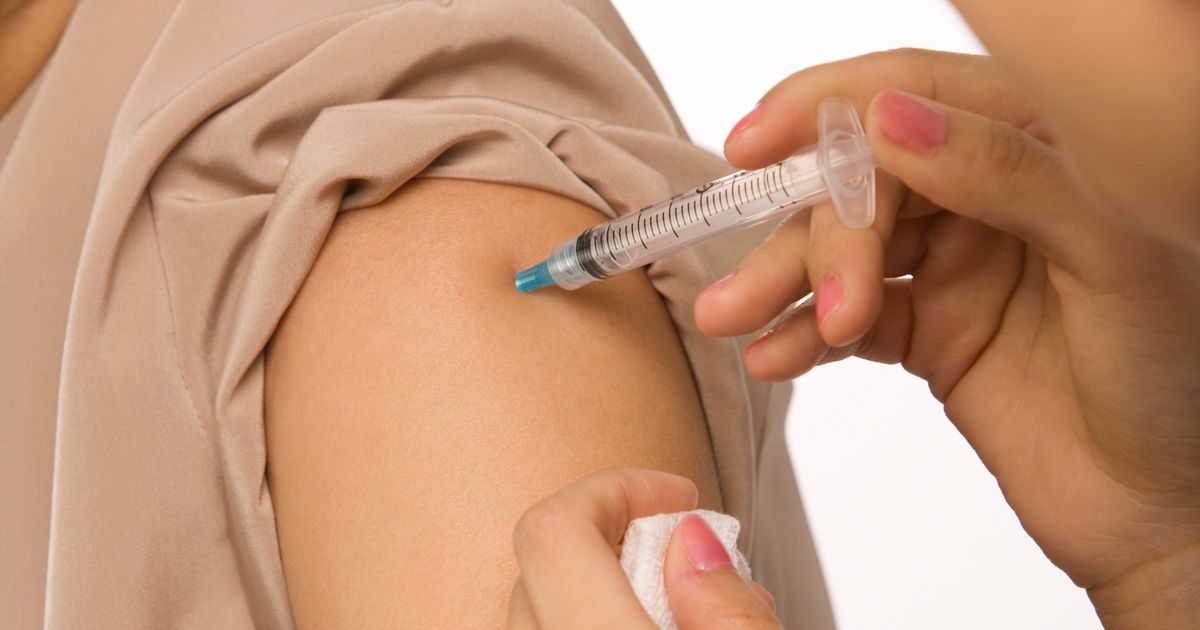Introduction
The medical device industry is constantly evolving to introduce new and innovative solutions that can improve drug delivery and patient outcomes. One such advancement is the development of prefilled syringes which have significantly transformed how medications are administered. With an array of benefits over traditional vial and syringe administration, prefilled syringes have emerged as a popular drug delivery platform that is being widely adopted across the pharmaceutical industry.
Growth and Adoption
The prefilled syringes market has seen strong growth over the past decade driven by rising demand from biologics manufacturers. Compared to only a few approved prefilled syringe products in the early 2000s, there are now hundreds of drug products available in prefilled syringe formats. Major pharmaceutical companies have also initiated large scale investments in prefilled syringe manufacturing capabilities recognizing their commercial advantages. It is projected that the global market for prefilled syringes will surpass $10 billion by 2025 given their increasing preference over conventional packaging. Drug classes like vaccines, monoclonal antibodies and injectable drugs are driving most of the volume currently.
Benefits to Patients
One of the main advantages of prefilled syringes is the improved patient experience and safety they provide compared to traditional vials and syringes. As the syringes come ready to use, there is no need for drawing up and mixing which reduces dosing errors. The fixed dosing and volume elimination further ensure accurate administration. This translates to better clinical outcomes for patients. Prefilled syringes are also easier to handle which makes self-administration at home a safer option. For drugs requiring multiple doses, prefilled syringes provide a more convenient packaging solution than vials.
Manufacturing Process
While the key benefits are evident to end-users, prefilled syringes do pose some unique manufacturing challenges compared to traditional glass vials. As they are filled and assembled at the individual dose level, stringent sterilization and filling line automation is required to minimize risks of contamination. Additional care must be taken during gluing, capping and packaging processes as well to avoid aggregation or loss of sterility. When used for biologics, challenges relating to drug-device interaction or glass delamination also need thorough validation. Despite the complexities, continual technological advancements are addressing many manufacturing issues to ensure robust and reliable supply of quality prefilled syringes.
Impact on Drug Developers
For pharmaceutical companies and drug developers, Prefilled Syringes provide various tangible commercial advantages. Taking a drug through the prefilled syringe pathway opens up new markets and lucrative revenue opportunities via combination products. They also help differentiate products from competitors and command premium price points. Prefilled syringes aid brand recognition on pharmacy shelves and improve patient loyalty through the better usage experience. Switching from vials to prefilled syringes requires significant upfront investment but produces savings over the long term in reduced batch failures and lower treatment costs. Their appeal to end-users has also created pull opportunities for drug makers with products tailored for injection from the start. Overall, prefilled syringes are a preferred choice by many sponsors to maximize returns on their drug candidates.
Regulatory Considerations
As a combination product between drug and delivery system, prefilled syringes necessitate careful regulatory reviews and approvals. Agencies like US FDA and EMA have well defined pathways and guidance for prefilled syringe product development and licensing. Key aspects like device characterization, container closure interaction, human factors validation and demonstration of sterility assurance are evaluated. Additional requirements apply when prefilled syringes are used for abridged routes of administration like auto-injectors. Proper device verification testing, usability assessment and risk management are therefore essential. Also, any change to the drug product or packaging after approval calls for supplemental filings. Despite regulatory complexities, effective planning and engagement with authorities help achieve compliance.
Future Prospects
Research indicates prefilled syringes will play an even greater role in the delivery of new biologic therapies and large volume parenteral drugs in the future. Their widespread acceptance across treatment areas is encouraging continuous innovation from device suppliers. Some key advancements being explored include integrated sensing capabilities, personalized drug matching, customized injection speeds and alternative material options. To fully unlock their potential, multi-stakeholder partnerships across the healthcare value chain will be important. If emerging issues around cost efficiencies, supply reliability and waste management can be addressed, prefilled syringes definitely have exciting opportunities ahead as the preferred administration system for injectable drugs.
In summary, prefilled syringes have revolutionized parenteral drug delivery through their numerous patient-centric and operational benefits. Their increasing resolution of manufacturing, regulatory and commercialization barriers is driving broader industry adoption across more drug categories. With ongoing advancements complementing the growth of new injectable therapies, prefilled syringes appear poised to dominate the injectables market landscape in the future and reshape drug administration experiences. Their versatile nature indicates they will continue playing a transformative role.
*Note:
1. Source: Coherent Market Insights, Public sources, Desk research
2. We have leveraged AI tools to mine information and compile it



